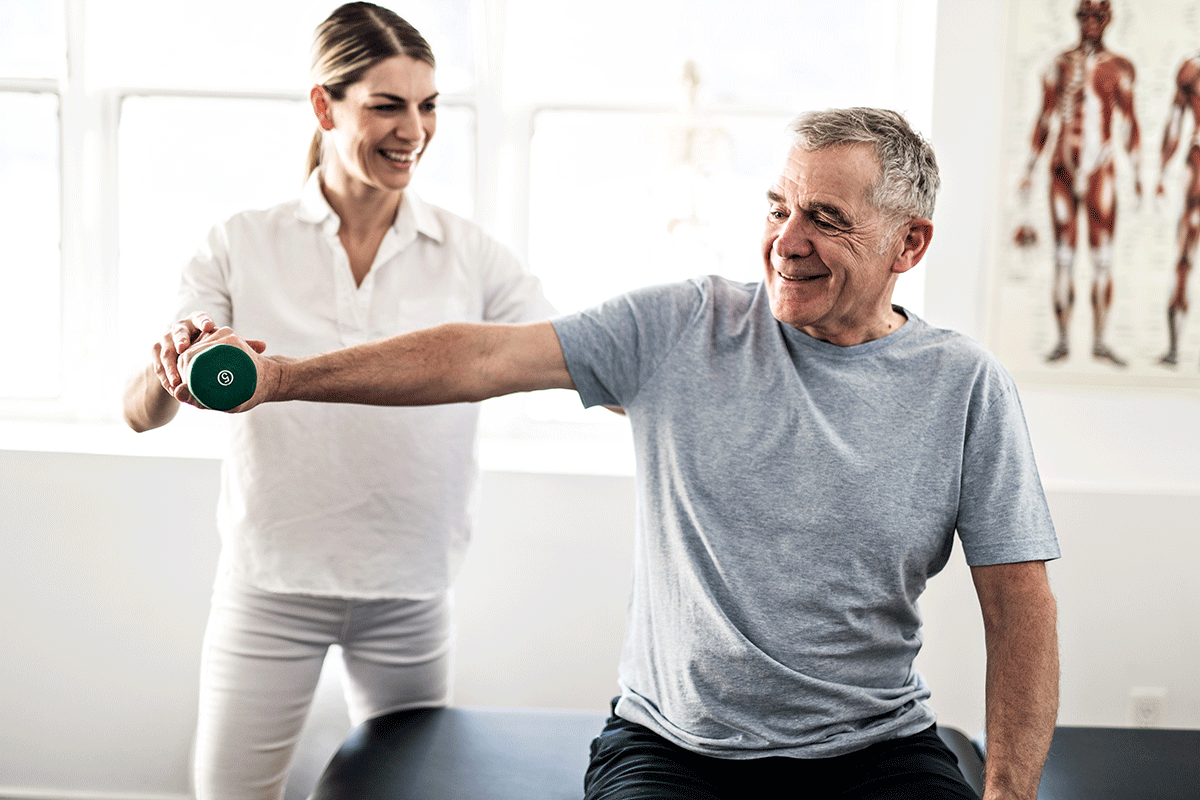Efficient Approaches for Reducing Breathlessness in Physical Rehabilitation Sessions
Efficient Approaches for Reducing Breathlessness in Physical Rehabilitation Sessions
Blog Article
Breathing difficulties, or trouble breathing, is a common concern that many individuals face, particularly those with chronic lung conditions, heart problems, or other medical conditions. In rehabilitation therapy sessions, addressing breathing difficulties is essential for helping patients enhance their overall standard of life. By employing specific methods and approaches, physical therapists can assist patients in managing their respiratory difficulties. Grasping these effective approaches can enable both therapists and patients to work together more efficiently in addressing obstacles related to breathing difficulties.
One of the primary methods used to reduce breathing difficulties in physical therapy is the practice of regulated breathing activities. These activities often concentrate on diaphragmatic breathing, which promotes patients to use their diaphragm rather than their upper thoracic muscles when inhaling. This method helps to maximize lung capacity and effectiveness. Additionally, pursed-lip breathing is another technique that can be helpful. This method requires breathing in through the nose and breathing out slowly through compressed lips, which can assist to keep airways open longer and render breathing feel more manageable. By incorporating these exercises into therapy sessions, physical therapists can provide patients with strategies to manage their breathing difficulties both during and beyond of their appointments.
Another important aspect of managing breathing difficulties in physical therapy is the creation of an personalized exercise regimen. Tailoring exercises to meet the individual needs and abilities of each patient is crucial. Therapists should slowly introduce aerobic exercises, such as ambulating or biking, in a controlled manner, allowing patients to build their endurance over a period. This progressive approach helps patients to feel more at ease with fitness activity while simultaneously improving their lung function and overall endurance. It is important for therapists to monitor patients closely during these activities to ensure they are not overworking themselves, which could result to greater shortness of breath.
Education also plays a significant role in reducing dyspnea during physical therapy appointments. Providing patients with knowledge about their condition and the factors behind breathing difficulties can empower them to take charge of their health. Therapists can explain how factors click this site like anxiety, posture, and surrounding conditions can affect breathing. By understanding these ideas, patients can discover to manage their symptoms more efficiently. Techniques such as stress reduction strategies and proper body mechanics can additionally assist in minimizing the effects of breathing difficulties during daily activities and therapy sessions.
In summary, effectively alleviating dyspnea in physical therapy appointments involves a mix of breathing exercises, individualized exercise regimens, and patient teaching. By applying these effective methods, physical therapists can help patients manage their breathing difficulties and improve their overall health. Working together between therapists and patients is essential to create tailored interventions that meet individual needs. With the right support and methods, patients can find comfort from breathing difficulties and engage more completely in their physical therapy process, ultimately leading to a better quality of life.